
Asetek 2025 Black Friday Deals Launched
Update 21/11: Asetek has started its 2025 Black Friday sale Asetek has officially started its 2025… Read More »Asetek 2025 Black Friday Deals Launched
EA Sports F1 » 5 Throttle Mistakes That Destroy Your Lap Time in F1 25
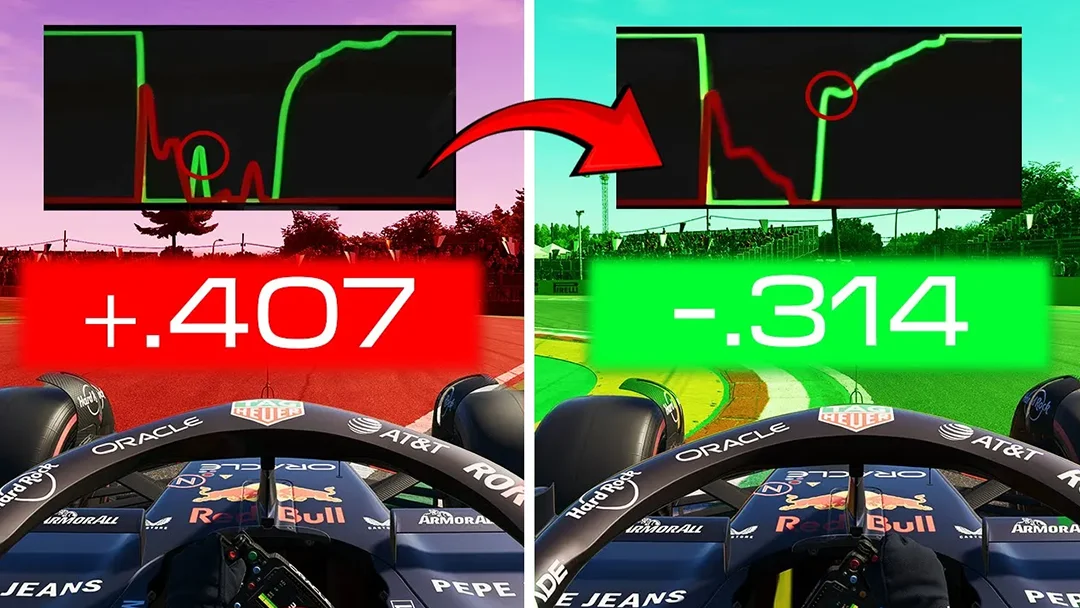
Disclaimer: Some of the links on this page may be affiliate links. We earn a commission from any sale after clicking an affiliate link. Find out more.
Improving your lap times in F1 25 isn’t always about the car setup or hitting every apex. Often, the biggest gains come from addressing small but costly habits. While braking techniques, like trail braking, often get the spotlight, throttle application is equally important and is often easier to fix. Mismanaging the throttle can ruin corner exits, cause instability, or cause understeer.
In this guide, I will break down five of the most common throttle mistakes that sim racers—from casual players to top-tier esports drivers—make in F1 25. I will not only explain why these mistakes are harmful but also give you practical advice on how to fix them.
One of the most basic but widespread throttle mistakes is remaining on the throttle while braking. Even a few percent of unintended input can destabilize the car, lengthen your braking distance, and reduce consistency.
Pressing the throttle at the same time as the brakes can cause understeer and make it harder to slow the car effectively.
This mistake is not exclusive to beginners. Even world-class drivers, such as Jarno Opmeer, have a tendency to throttle blip too early in the braking zone. In most cases, this happens because of over-eagerness or pedal mis-calibration.
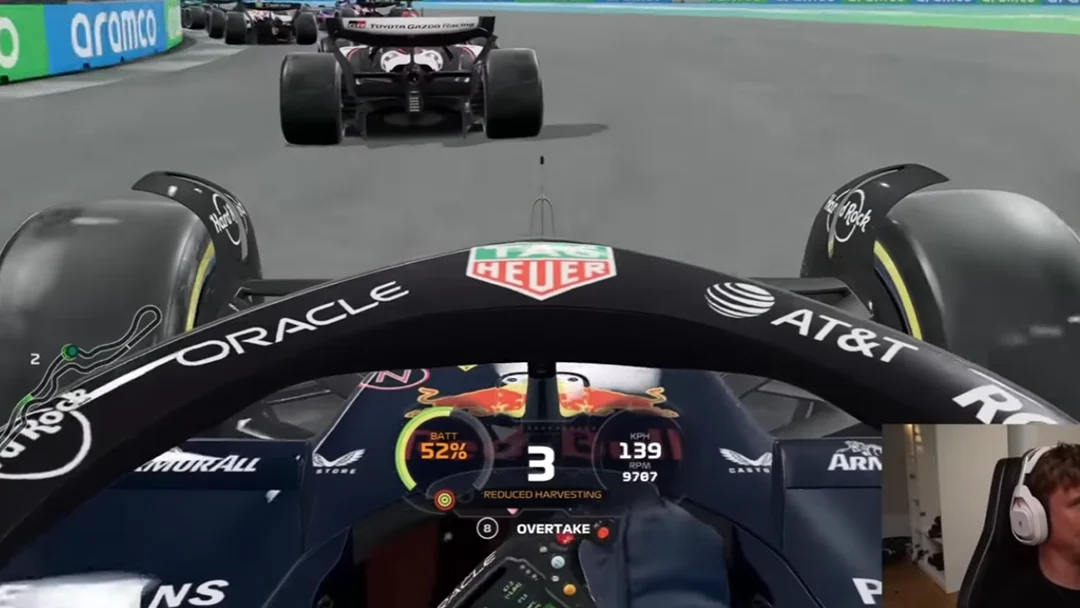
The rule here is simple: when you’re braking in F1 25, you should be 100% off the throttle. No overlap.
If light throttle under braking is a small mistake, then dancing on inputs is a much larger one. This happens when drivers are rapidly switching between the brake and throttle in quick succession mid or late corner.
It often looks like this: brake → throttle → brake again → then throttle. Under race pressure, especially in wheel-to-wheel combat, drivers sometimes panic and unconsciously “dance” between inputs. The result is a car that doesn’t rotate.
At Austria, for example, Tom97’s telemetry shows a driver still touching the brake pedal mid-exit—even while approaching full throttle.
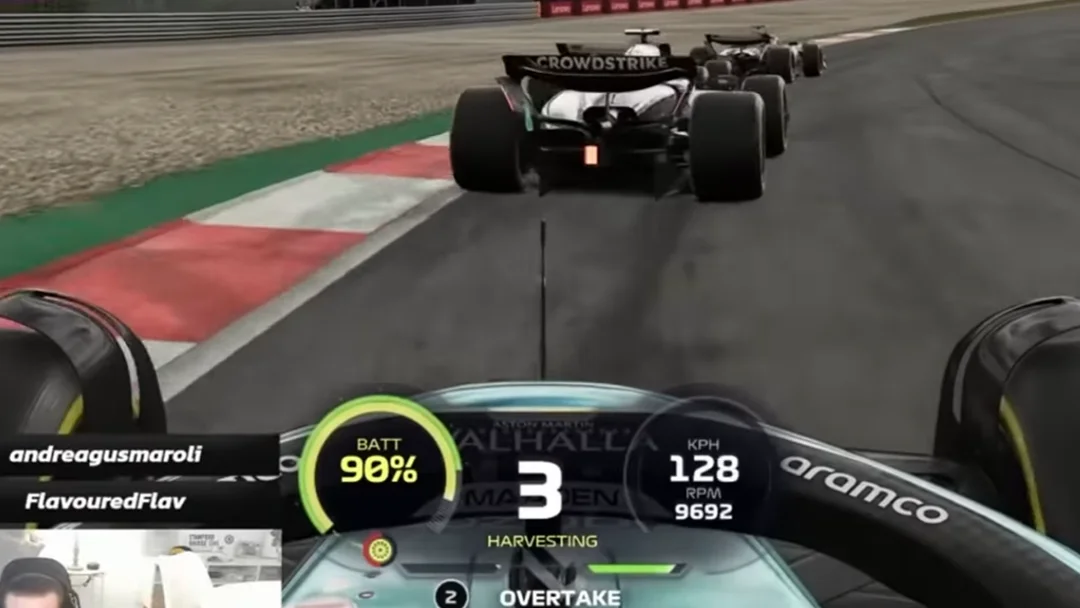
While over-aggression is sometimes punished in sim racing, there are times when being too gentle is actually the mistake. One of these is failing to “jump” onto the throttle when traction allows it.
In high-speed corners, or in cars with strong downforce, the grip is there to support a quick, decisive throttle input. If you roll onto the throttle too slowly, you risk understeer on corner exit, forcing you to over-correct later and potentially causing snap oversteer. (shown below)

This mistake is especially common among newer players who fear wheelspin. Ironically, their caution often destabilizes the car more than a confident input would.
The art of throttle application isn’t about being overly cautious. It’s about knowing when to commit.
--- Article continues below --- Shop Sim Racing Discounts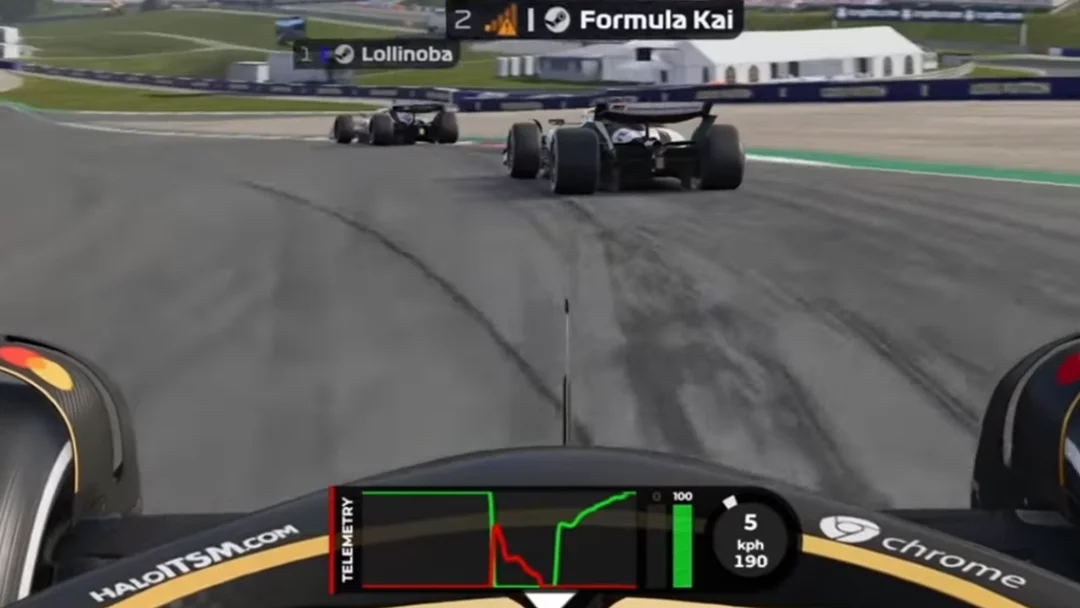
Another common error is getting on the throttle too early, and then having to lift before reapplying more throttle. This is not as bad as double inputting, but it still disrupts rhythm and costs time.
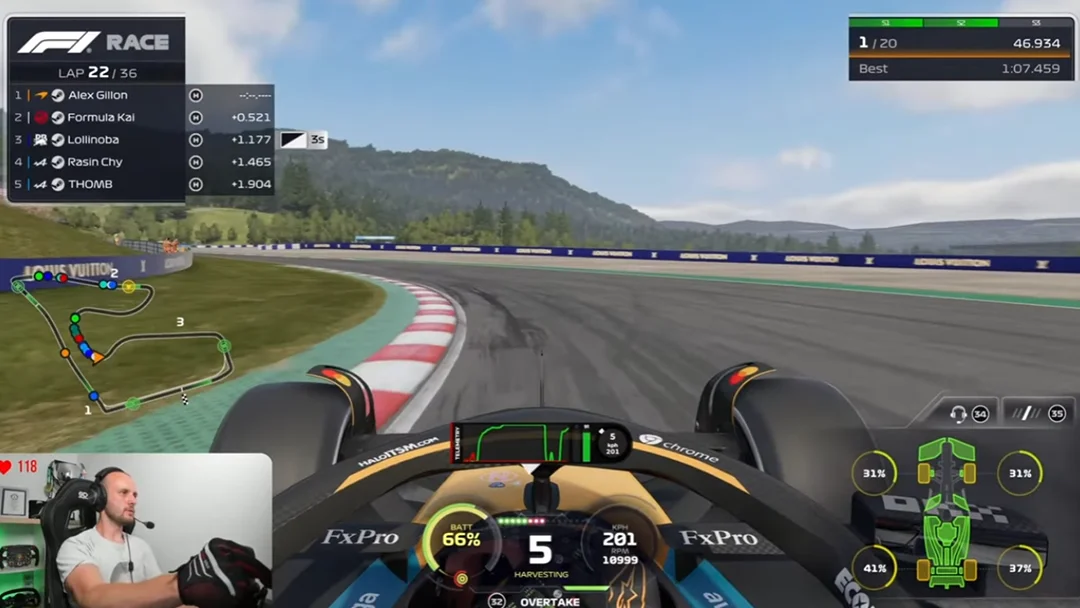
This staggered application kills momentum and likely means you are missing the apex and taking a compromised line. Instead of one clean, strong exit, you’re left with a slower exit.
Remember, a single clean throttle input is worth more than several hesitant ones.
The final throttle mistake is what I call stairstepping—holding the pedal at fixed percentages (say 40%, then 70%) instead of applying it fluidly.

Stairstepping creates flat, unnatural throttle traces. Instead of micro-adjusting to balance grip, the driver locks into “steps,” which reduces car control.
--- Article continues below ---Unlock maximum performance with multiple setups for every track and complete strategy packs.
The best drivers, like Jarno Opmeer, constantly correct their throttle inputs with tiny dips and rises, reflecting subtle balance corrections. Increases in throttle can create oversteer while decreases in throttle can create understeer. Use these micro corrections to keep the car rotating at the ideal slip angle.
Flat throttle steps, by contrast, suggest the driver is waiting for the car instead of actively managing it.
The goal is to be reactive and fluid in getting the car to rotate, not rigid.
A recurring theme across all these throttle mistakes is that they often don’t appear in practice sessions. Drivers can set clean laps in time trial mode, but once qualifying or race pressure kicks in, bad habits resurface.
That’s why recording race telemetry is just as important as reviewing time trial laps. Improving under pressure is what ultimately lowers race lap times and will improve your finishing places.
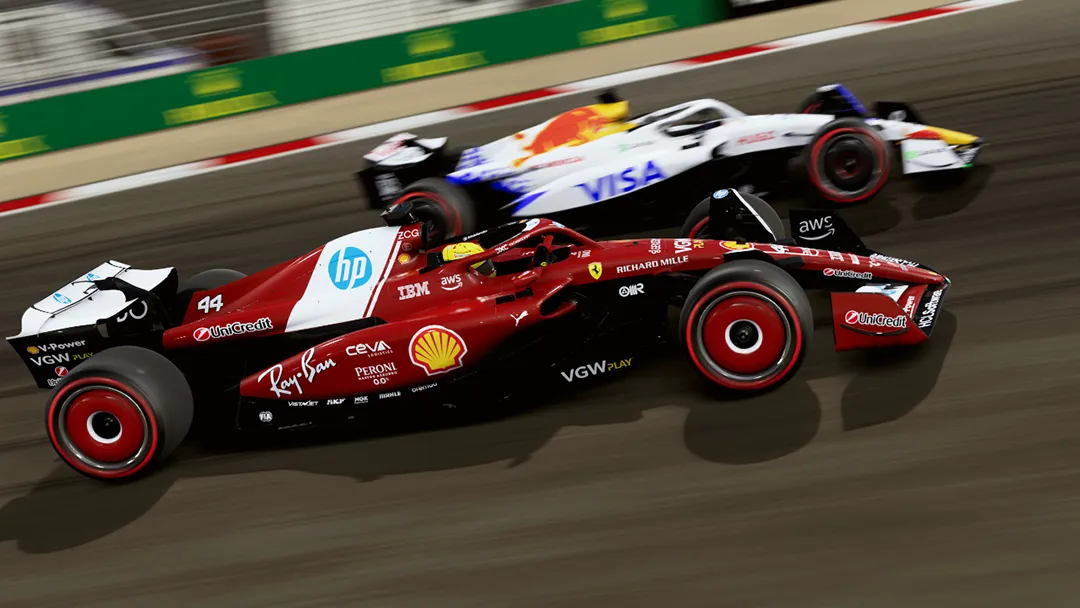
Fixing throttle mistakes isn’t only about conscious effort. Leveraging tools and methods can accelerate the learning curve:
Small adjustments and focusing on 1 or 2 things at a time can lead to big improvements in lap time consistency.
Throttle control is often treated as secondary to braking technique in sim racing, but in reality, it’s just as critical. Clean throttle inputs determine whether you carry speed out of corners, whether your tyres survive a stint, and whether you stay consistent under pressure.
The five throttle mistakes we’ve covered—touching the throttle under braking, double inputting, being too smooth without a throttle jump, early applications with corrections, and stairstepping—are all common but fixable.
Addressing them won’t just shave tenths off your lap times; it will also make your driving style more professional, controlled, and race-ready.
If you are struggling to determine which mistakes you are making in your driving style, lap analysis is a service included in our F1 25 Pro Setups & Strategy Bundle. Myself and other top drivers analyze laps via our Discord server and determine what you should work on to go faster.
Watch my video guide that summarises this entire article.
Our pro F1 25 car setups and strategies give you the tools to dominate your league race with the ideal setup and strategy at every track. Created by incredibly fast PSGL sim racers, our pro setups are among the fastest available.
The easiest way to ensure you don’t touch the throttle under braking in F1 25, is to add a small bit of deadzone in your F1 25 control settings. This means that even if you do rest your foot on the throttle, it won’t register an input.
The AI in F1 25 are extremely powerful and fast exiting corners, with seemingly endless traction. One way to catch up and get the edge on them is to “jump” onto the throttle pedal correctly. This means that when the grip is available, you can be more aggressive with your throttle application, with a big jump from 0% up to say 50-60% almost instantly, rather than being too smooth. Being too smooth or slow to accelerate will cost you lap time.
You can use the links below to shop for your favourite sim racing products, or for any products that we may have recommended. These links are affiliate links, and will earn us a small commission, with no additional cost for you.

Carson is an Esports setup engineer, specialising in Formula 1 setups for one of the fastest Esports teams, FVR. He is also an F1 content creator and writer for Sim Racing Setups.
View all articles written by CarsonUnlock maximum performance with multiple setups for every track and complete strategy packs.


Access over 5,000 car setups for popular sims including ACC, iRacing, LMU, F1 25 and AMS2, and gain the advantage every time you hit the track.
View Our Setup SubscriptionAccess the same car setups used by Esports drivers. Unlock extra performance with our Pro F1 25 car setups, which have been created by Esports drivers.
View Our F1 25 Pro Setups

Access over 5,000 car setups for popular sims including Assetto Corsa Competizione, iRacing, LMU, F1 25 and AMS2, and gain the advantage every time you hit the track.
View Our Setup SubscriptionFind the latest sim racing car setups to always have the advantage on track, with the best ACC car setups, iRacing setups, AMS2 setups and F1 25 setups.
ACC Setups iRacing Setups AMS2 Setups F1 25 Setups Upgrade To Pro F1 25 SetupsUse our exclusive discount codes for these popular brands.
Sim-Lab 5% Discount
Update 21/11: Asetek has started its 2025 Black Friday sale Asetek has officially started its 2025… Read More »Asetek 2025 Black Friday Deals Launched
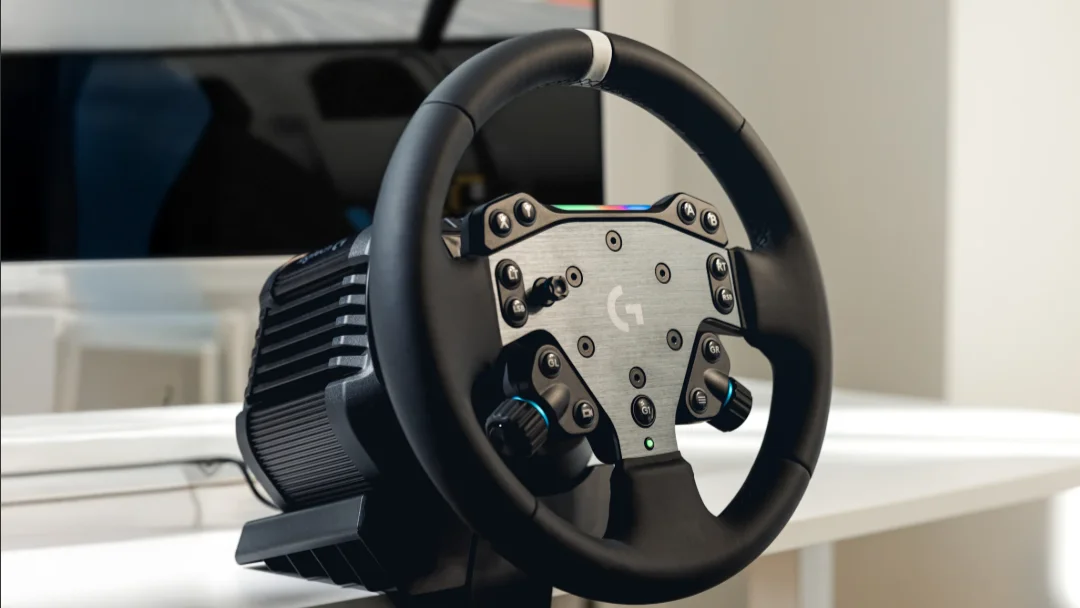
Logitech has started its Black Friday sale on its official store. Their deals include up to… Read More »Logitech G Launch Black Friday Sim Racing Sale With Deals Up To 50% Off!

Update: Fanatec has officially teased all of its Black Friday deals for 2025 Fanatec has revealed… Read More »Fanatec Black Friday Deals Announced & Teased

| Cookie | Duration | Description |
|---|---|---|
| cookielawinfo-checkbox-analytics | 11 months | This cookie is set by GDPR Cookie Consent plugin. The cookie is used to store the user consent for the cookies in the category "Analytics". |
| cookielawinfo-checkbox-functional | 11 months | The cookie is set by GDPR cookie consent to record the user consent for the cookies in the category "Functional". |
| cookielawinfo-checkbox-necessary | 11 months | This cookie is set by GDPR Cookie Consent plugin. The cookies is used to store the user consent for the cookies in the category "Necessary". |
| cookielawinfo-checkbox-others | 11 months | This cookie is set by GDPR Cookie Consent plugin. The cookie is used to store the user consent for the cookies in the category "Other. |
| cookielawinfo-checkbox-performance | 11 months | This cookie is set by GDPR Cookie Consent plugin. The cookie is used to store the user consent for the cookies in the category "Performance". |
| viewed_cookie_policy | 11 months | The cookie is set by the GDPR Cookie Consent plugin and is used to store whether or not user has consented to the use of cookies. It does not store any personal data. |